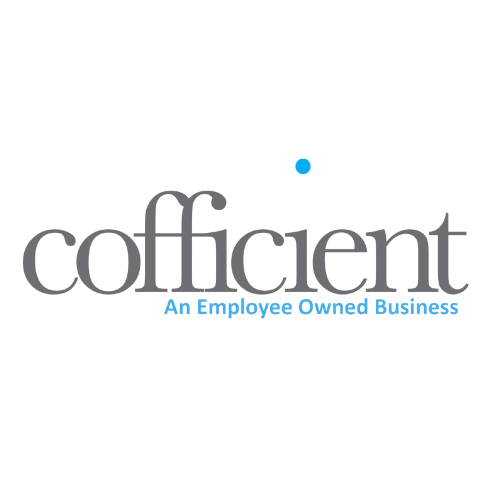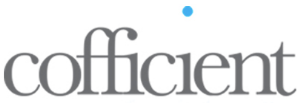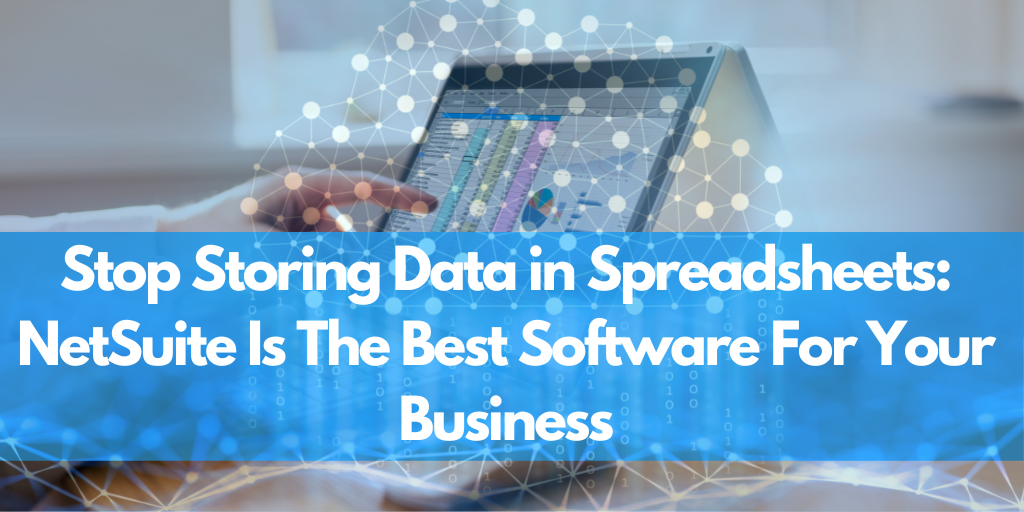
SaaS vs On Premise
The Pros and Cons of using SaaS vs. On Premise Software
The internet is never short on comparison blogs, and while most of them seem to have some sort of hidden sales pitch, we believe its important to provide information on these crucial matters so that you can make the right decisions.
When it comes to software vendors, much of it is down to personal preference or what element of the software you find most important. Whether this is cloud-functionality, future-proofing, or cost comparisons, each decision comes with its own benefits and drawbacks. We’ll take you through what we think are the most important facets of both the Saas model and, simultaneously, compare it with other potential deployment solutions so that you know just how to decide between them all.
Let’s talk about SaaS
The software package comes as part of an ongoing annual subscription, which traditionally tends to run for more than 12 months. Because it is cloud hosted, software access is purchased directly from SaaS providers. The pricing models range from anything from paying per user to paying for products. Sounds, flexible, I hear you say. Well, it is.
For example, Netsuite allows you to customise and build your own specific system on top of the standard CRM system you start out with, allowing you to flexibly add modules as required. SAP, however, allows you to customise the functionality of various ‘user types,’ who each have different access requirements. As you would expect, the price for both is dependent on what you use.
Pros:
Enough waffling – let’s get into the nitty gritty. The benefits of SaaS and what the pros are of using this innovate cloud-based system.
- Less initial costs
You only pay for what you need, keeping immediate costs low until you need to expand.
- No issues with updates or version locking
SaaS software is updated several times a year, which means you’ll never have to worry about outdated software or becoming ‘version locked.’ Updates are published frequently and pushed out to users and are all included as part of the subscription costs. Talk about service.
- to up-scale
When it comes to adding on users and functionality, SaaS is simply the way to go. It’s never been easy to adapt to the changes and needs of a growing business. If anything, it develops as you do, providing the ultimate future-proof system for any burgeoning business.
- Security & support
With SaaS, you never have to worry about the vitality and continuity of your business. World class support from leading software vendors is all included in your annual subscription.
- Environmental Friendly
ICT accounts for 7.1 billion tonnes of CO2 emissions (nearly 8% of the total global output). Sharing servers within a centralised data centre ensures that server usage doesn’t have such a devastating effect on the environment. In fact, it’s been estimated that if 80% of eligible companies used cloud, it would equate to a reduction of 1.7 million cars from our roads. As business and, more importantly, clients become increasingly concerned with the environmental ramifications of their systems and production processes, this will help you keep your footprint as low as it can be.
Cons:
We’ll never just give you one side of the debate. At Cofficient, we give you all the information you need to make the best decision for your business. With that being said, let’s take a look at the cons of using SaaS.
- Annual fees
This one may take a little getting used to, as your annual fees will be recurring. No more pay and keep models. While this may seem like a serious chunk of money out of your budget, it also comes with the aforementioned security and support.
- Software bills
Your software bill will undoubtedly grow as your business does. This cost will be somewhat predictable and should be sustainable and shouldn’t be completely out of line with the rate of your business growth. It is, nevertheless, important that you’re aware of any potential future increases.
- No more ‘local’ data
Your data will no longer be located within the confines of your business. Instead, it will be linked to your vendor’s data centre. We believe this provides more security and comfort, but some people like the idea that their data is on premise.
Draw your own conclusions
We think the evidence is overwhelmingly clear: SaaS provides numerous flexible routes to future business growth and offers all the support and security you could possibly need. While the annual fees might seem tedious and may take some getting used to, it certainly shouldn’t rule out SaaS as your future model. If anything, the cloud is the future, and we hope this list accurately reflects this important trend and the impact this has on the future of key businesses. As always, don’t hesitate to get in touch with us if you have any questions.



